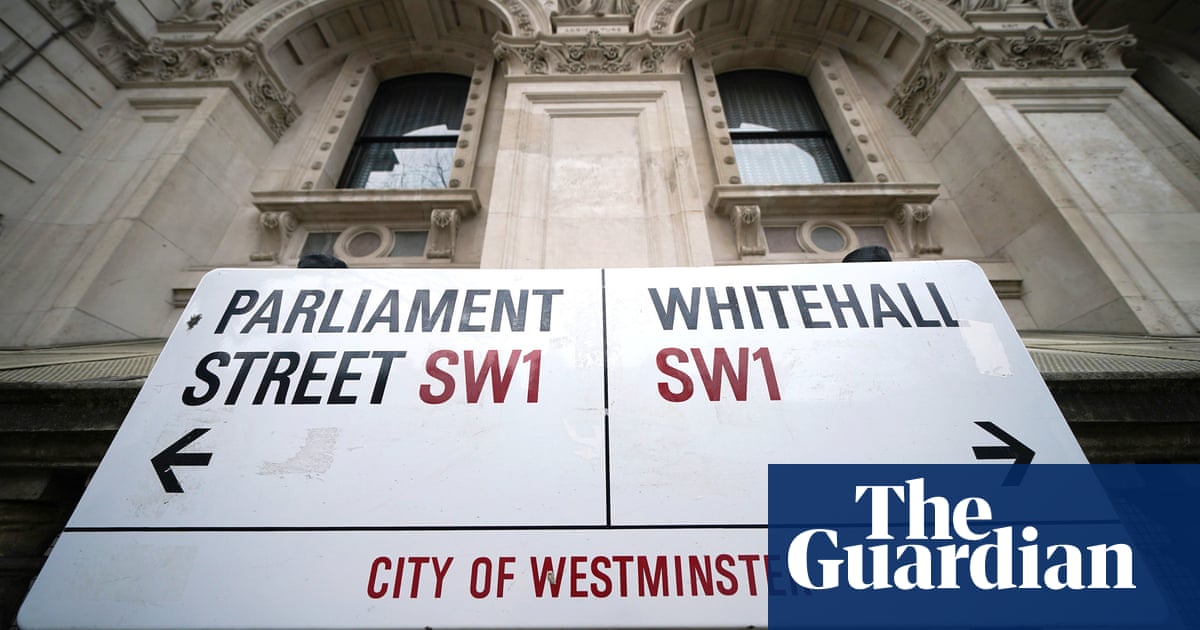
The UK’s total government debt pile in May reached more than 100% of annual national income for the first time since 1961 as state borrowing more than doubled, according to official figures.
In a blow to Rishi Sunak’s plans to cut taxes before the general election, which is expected next year, the Office for National Statistics (ONS) said net debt reached £2.6tn as of the end of May, estimated at 100.1% of gross domestic product (GDP).
It is the first time the ratio of debt to GDP has risen above 100% since March 1961, apart from a brief spike at the height of the Covid-19 pandemic that was later revised down because of stronger GDP figures.
The increase in total debt came after government borrowing soared to £20bn in May, pushed higher by the cost of energy support schemes, inflation-linked benefit payments and interest payments on debt.
The borrowing figure was £3bn lower than in April but £10.7bn higher than a year ago and the second highest May borrowing since monthly records began in 1993.
A rise in tax receipts offset the increase in debt payments. Economists said the chancellor Jeremy Hunt’s drive to cut spending across Whitehall appeared to be having an effect. But the combination of higher income and cuts in day-to-day spending was unable to prevent a steep rise in the monthly deficit.
Hunt said the government had been taking “difficult decisions” to balance the books after the pandemic and Russia’s invasion of Ukraine.
“We rightly spent billions to protect families and businesses from the worst impacts of the pandemic and [Vladimir] Putin’s energy crisis,” he said. “But it would be manifestly unfair to leave future generations with a tab they cannot repay. That’s why we have taken difficult but necessary decisions to balance the books in order to halve inflation this year, grow the economy and reduce debt.”
Martin Beck, the chief economic adviser to the EY ITEM Club, said that while there were only two months of figures for the current financial year, borrowing was already running £2.1bn above the most recent estimates by the Office for Budget Responsibility (OBR), the Treasury’s independent forecaster.
Beck said: “We expect this gap to widen as we move through 2023-24. The likelihood that GDP and inflation will be stronger than the OBR expects is positive for tax revenues. However, this will be more than offset by the upward pressures on spending.
“Higher inflation combined with higher short- and long-term interest rates will significantly increase the level of debt interest payments, and borrowing could overshoot the OBR’s forecast by as much as £20bn by the end of the fiscal year.”
TaxPayers’ Alliance, a right-of-centre pressure group, said Hunt should respond with even deeper cuts to public spending to free up funds for tax cuts.
Samuel Tombs, the chief UK economist at Pantheon Macroeconomics, said financial markets would only tolerate the government reviving tax cuts after the debacle of last autumn’s mini-budget if inflation had fallen sharply and interest rates had “risen to a lesser extent” than the markets currently envisaged.
He said figures for May that showed the consumer prices index remained at 8.7% cast doubt on whether inflation would have “fallen sufficiently far by the autumn statement for the chancellor to consider any loosening of the fiscal plans”.
Inflation has already cost the government billions of pounds in extra spending. The ONS estimates that the Treasury spent about £1.5bn on energy support schemes in May. These include the energy price guarantee (EPG) that caps average bills at £2,500 a year and the energy bills discount scheme (EBDS). The schemes are estimated to have cost the UK £29.7bn in the first six months alone.
The EPG was initially set to run from October to March but was extended until July. It will be replaced by Ofgem’s price cap for average annual energy bills on 1 July, which has been set at £2,074.
The figures also revealed that the interest payable on central government debt was £7.7bn in May, which was £200m less than a year ago but £700m more than was forecast by the OBR.
Borrowing in the first two months of this financial year has reached £42.9bn – £19.6bn more than in the same two-month period a year ago.












